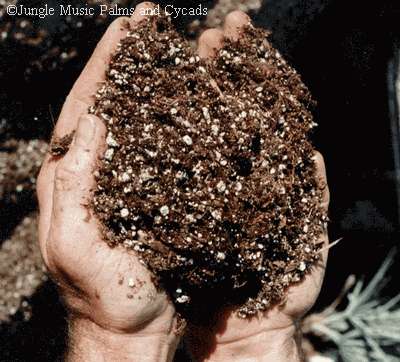I keep meaning to start my seedlings for the garden, which I should have done weeks ago. But it has been unseasonably cold and, after four years in Kansas, I’m liking the warmer weather. So bring it on. ‘Tis the season. And maybe I’ll get motivated.
 With others in the U.S. also starting their seedlings there is the usual nonsense about how home-grown is safer. That depends on who is crapping in the garden. But apparently, I should be more concerned about playing with the potting soil.
With others in the U.S. also starting their seedlings there is the usual nonsense about how home-grown is safer. That depends on who is crapping in the garden. But apparently, I should be more concerned about playing with the potting soil.
Eurosurveillance reports today that three cases of Legionnaires’ disease caused by Legionella longbeachae Sg 1 associated with potting compost have been reported in Scotland between 2008 and 2009. The exact method of transmission is still not fully understood as Legionnaires’ disease is thought to be acquired by droplet inhalation. The linked cases associated with compost exposure call for an introduction of compost labelling, as is already in place in other countries where L. longbeachae outbreaks have been reported.
It has been reported that various Legionella strains have been isolated from different types of potting soils including peat. In Australia, where cases and outbreaks of L. longbeachae have been reported, the standards for composts, soil conditioners and mulches provide clear guidance to commercial producers of compost on how to process organic materials into compost in a safe and effective way. These standards also include requirements for labelling bags and promoting safe and healthy gardening practices. Public health advice includes the risk of Legionnaires’ disease following exposure to compost or potting soil.
The cases reported here emphasize the need for a voluntary use in the UK of an industry-agreed warning label for potting soil, as the risk of Legionnaires’ disease associated with compost is now clearly identified.
